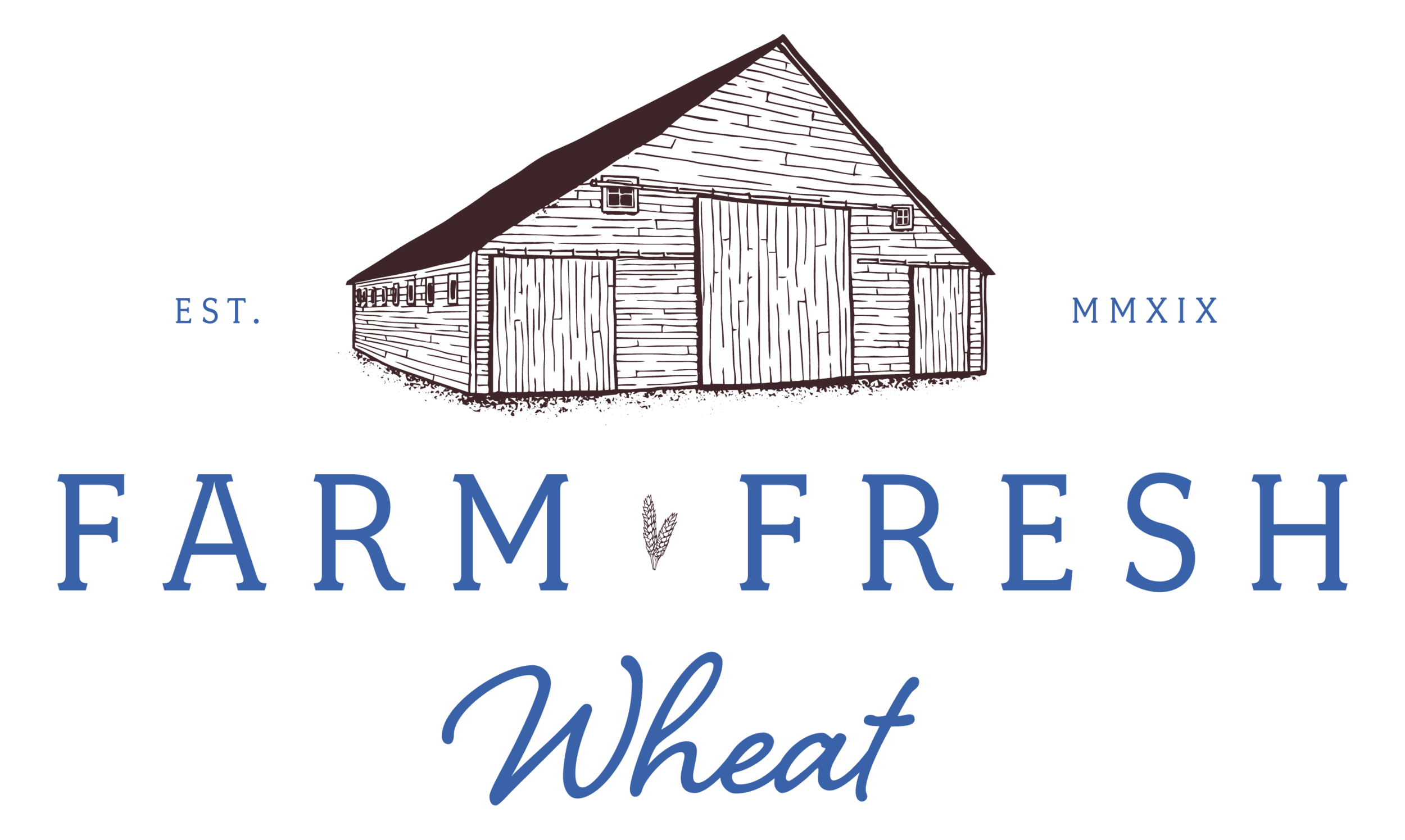New to Milling Challenge: Gather Recipes
Hi Friend,
To get the hang of baking with freshly-milled flour, I recommend using recipes written for fresh-milled flour like Sue Beckers’ The Home-Ground Flour Book.
I have a quick warning for you…
When you start milling, you’re going to want to bake all the things at once! It’s going to be new and exciting! You’re going to realize that the store-bought flour you’ve been baking with tastes blah!
I’m here to warn you that you will need to slow down.
Taking it Slow
As you begin baking with freshly-milled flour, you will quickly notice differences. Your normal recipes may not turn out the same. Your bread may need more kneading or more resting time. Your baked goods may seem crumby. Your cookies may slide off the baking sheet.
This is normal for newbie millers.
Most millers experience this. Baking with freshly-milled flour takes patience, time, and practice.
Fighting your way through mediocre (but tasty) baked goods is normal. But it is also discouraging. That’s why I recommend starting with recipes written specifically for freshly-milled flour.
Recipes for Freshly-Milled Flour:
These are some of my favorite resources I’ve used over the years for freshly-milled flour.
A Red Spatula (great for families that have a hard time with the texture of freshly-milled flour)
The Essential Home-ground Flour Book by Sue Becker (the drop biscuit recipe is a favorite)
I also have a few recipes I’ve posted on the blog like:
This week’s challenge:
Your task this week is to pick two recipes to start with, one for hard wheat (yeast recipe) and one for soft wheat (baking powder/baking soda).
Why only two recipes?
I recommend starting with two recipes and perfecting your technique before moving on. This will help you get the feel for baking with freshly-milled flour faster.
I also recommend starting with recipes that are baked in pans or tins like muffins, baked donuts, sandwich loaves, and brownies. This will help your baked goods keep their shape while you learn the ropes.
Once you pick your two recipes, comment below and let us know what ones you are going to start with
Happy Milling!
The Sieverkropps

